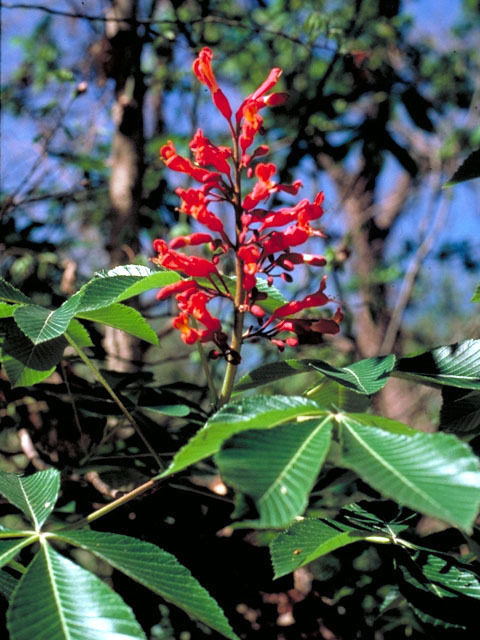Please join us for our six annual field trips: three in the spring, and three in the fall. What to bring: hat, bugspray, sunscreen, sunglasses, water, snacks, close-toed shoes, binoculars.
Field Trips
Please join us for our six annual field trips: three in the spring, and three in the fall. What to bring: hat, bugspray, sunscreen, sunglasses, water, snacks, close-toed shoes, binoculars.
Save paper: sign our liability waiver and photo release and email to nphouston1@gmail.com
Stay tuned for field trips to resume in fall 2023!
Our Last Field Trip was the Red Buckeye Trail at Brazos Bend State Park
Saturday, March 11th, 2023 at 9:30 a.m.
$7 park entrance fee
RSVP on SignUpGenius

photograp by David K. Northington
The Red Buckeye Trail at Brazos Bend State Park is tranquil and full of wild discoveries. This trail is known for the beautiful red buckeyes blooming there in spring.
